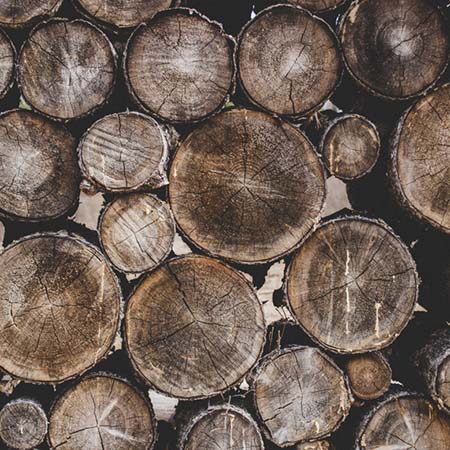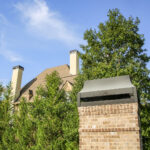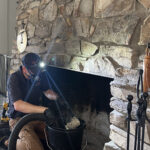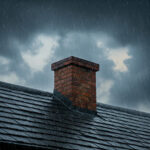Creosote in Your Chimney: Types, Causes, and Remedies
 Where there’s smoke, there’s fire. And there’s also creosote, a carbon mass that forms when you burn wood in your fireplace. Creosote doesn’t dissolve or go away; rather it will continue to form and build up until it reaches a point where it poses a health and safety risk for everyone in your home.
Where there’s smoke, there’s fire. And there’s also creosote, a carbon mass that forms when you burn wood in your fireplace. Creosote doesn’t dissolve or go away; rather it will continue to form and build up until it reaches a point where it poses a health and safety risk for everyone in your home.
Why creosote is a problem
Creosote normally exists in three states: soft and flaky, similar to ash; sticky and tar-like; and hard and glossy. Because of its carbon nature, it can catch fire. Creosote is the cause of most chimney fires, which, depending on the amount of the substance, range from small, brief and unnoticed to a full-on blaze that can destroy a home.
Some chimney fires start and then go out on their own. While these little fires won’t burn your house down, they can cause damage to the many components within the chimney system as well as the chimney itself. Over time, these fires will lead to significant structural compromise – without anyone in the home being aware of it.
Signs that a chimney fire has happened
A certified chimney sweep who performs chimney cleaning and chimney inspection knows the telltale signs to look for in determining whether a chimney fire has occurred. These signs include:
- Creosote that has a honey-comb appearance
- Warping of the smoke chamber connector pipe or the fireplace damper
- Cracks in the chimney’s masonry
- Discoloration of the chimney cap
- Cracked or decomposed flue tiles
- Small pieces of creosote on the roof or ground
- Damaged roofing material
In any of these cases, action must be taken quickly. Your chimney service professional will assess the damage and recommend a solution, which might include replacement of damaged components, chimney repair work or partial or full chimney rebuilding.
Air-flow obstructions
Another problem with creosote buildup is that it can impair the drafting of smoke and cause it to back up into the home. Nobody likes smoke in their house, but a bigger concern than smoke is the carbon monoxide the smoke contains.
This gas is invisible and has no odor, but even in small amounts it can cause serious health problems to humans and pets. In large amounts it can lead to death. So remember: if you’re inhaling smoke, you’re inhaling carbon monoxide.
 You can’t prevent creosote from forming, but you can lessen the amount your fires produce by burning only dry wood. Wet wood burns incompletely and produces excess smoke, which is the perfect recipe for creating a lot of creosote.
You can’t prevent creosote from forming, but you can lessen the amount your fires produce by burning only dry wood. Wet wood burns incompletely and produces excess smoke, which is the perfect recipe for creating a lot of creosote.
Another thing you can do is schedule regular chimney cleaning. Every fire-safety organization in the U.S. recommends that chimneys be cleaned by a trained chimney sweep once a year. These professionals have the tools and experience to thoroughly remove all levels of creosote buildup.
Chimney Solutions of Alpharetta, GA, is ready to help keep your chimney safe and running at peak efficiency. Call us at 770-255-1300 to get your questions answered or to arrange for a complete chimney inspection and cleaning.




